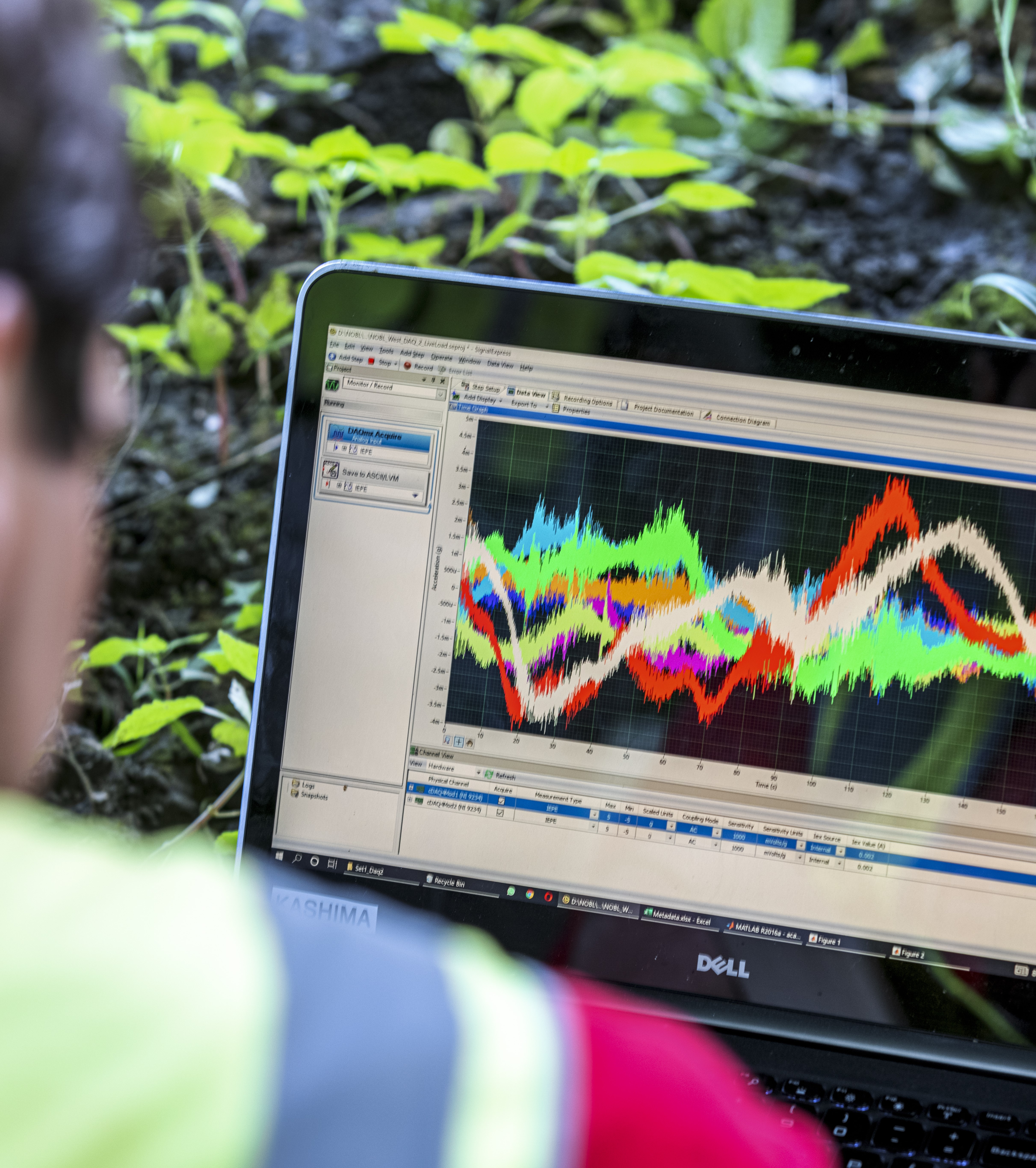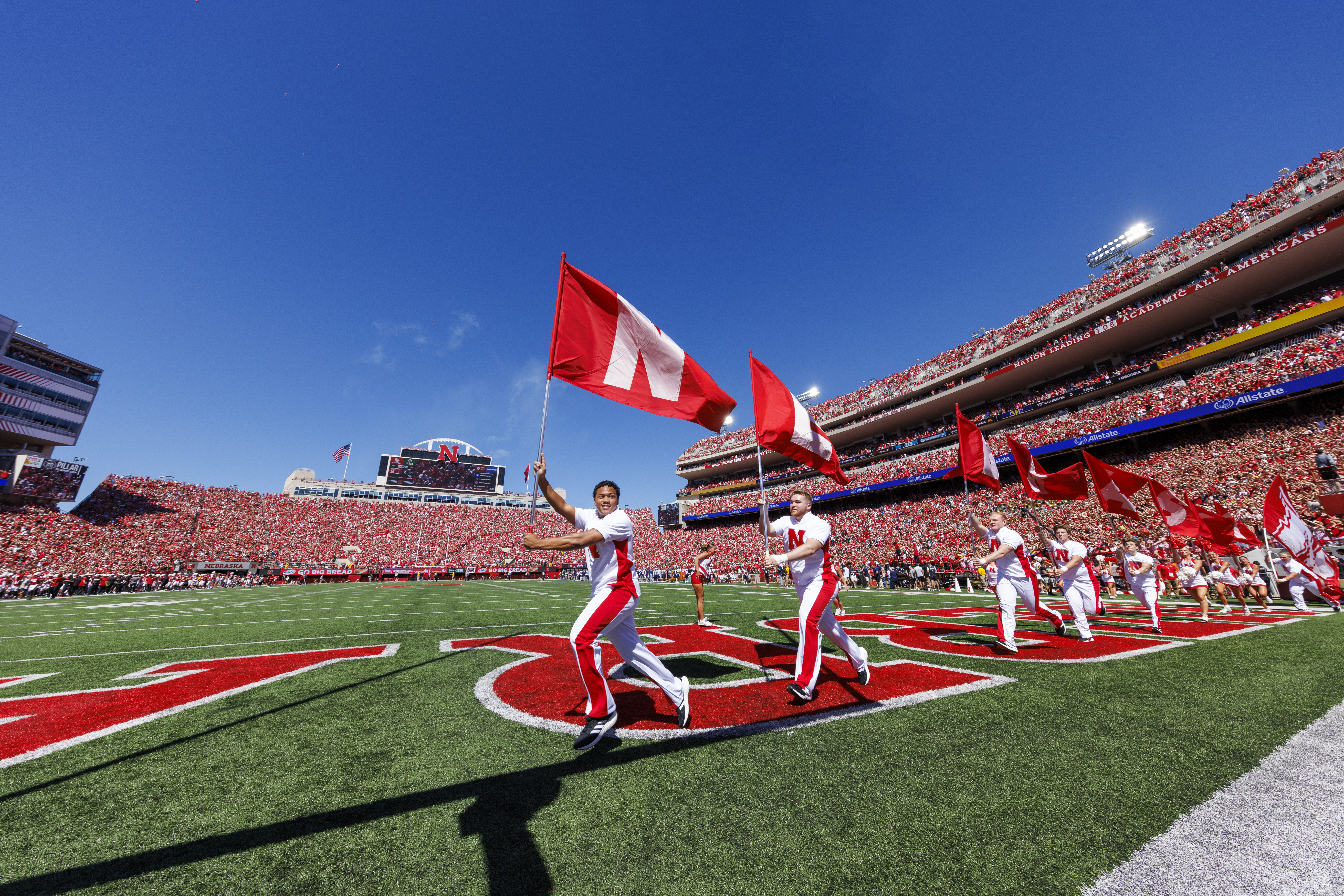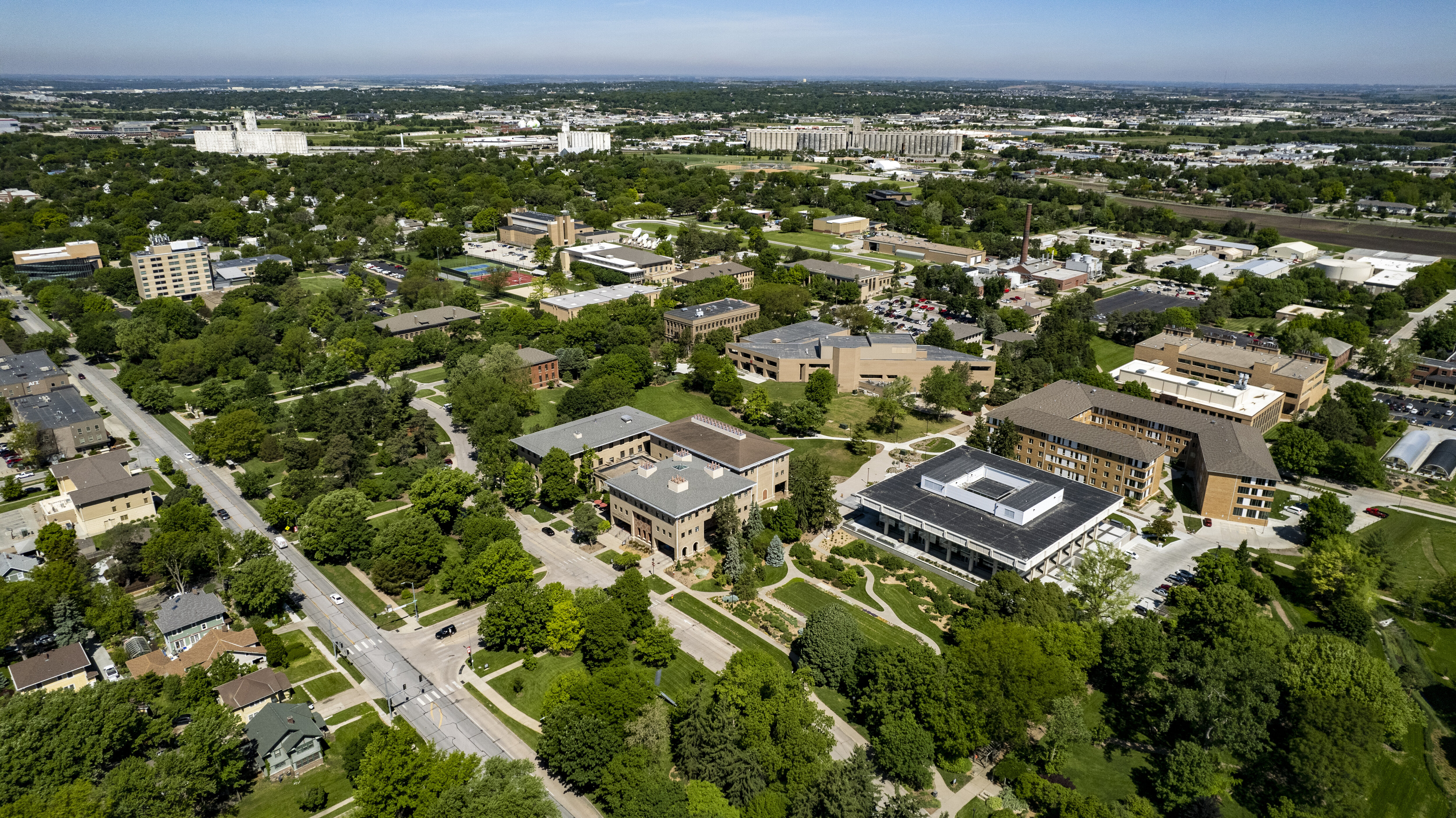Undergraduate Programs
We offer two Undergraduate Programs: B.S. in Statistics and Data Analytics and a B.S. in Data Science. With the recent rise of big data, knowledge in mathematical statistics, data analysis, and statistical computing are in high demand. Businesses and organizations in many sectors rely on data to drive and inform many crucial decisions. Some occupations that focus on data are projected to have strong employment growth from 2021 to 2031*.
B.S. in Statistics and Data Analytics is offered by the College of Agriculture and Natural Resources (CASNR) and the B.S. in Data Science is offered in 3 different colleges: College of Arts and Science (CAS), Engineering (ENGR), and CASNR.
*Ryan Farrell and Maria Hussain, "Data occupations with rapid employment growth, projected 2021–31," Career Outlook, U.S. Bureau of Labor Statistics, June 2023.

CASNR
B.S. Statistics & Data Analytics
Housed in the College of Agrictulre & Natural Resources, Statistics students learn how to use data to solve problems in a complex world. The degree program offers students the opportunity to formulate an answerable question, develop methodology for data analysis, collect data appropriately, and present the extracted data. Graduates will be able to adapt to an ever-evolving data landscape and use their knowledge to construct novel solutions to challenges that are meaningful for society.
Learn MoreCASNR, CAS, ENGR
B.S. Data Science
Students can select a major in data science through one of three colleges: Arts and Sciences (Department of Mathematics), Engineering (School of Computing), or Agricultural Science and Natural Resources (Department of Statistics). The data science program offers flexibility for students to earn a dual degree in data science and their chosen discipline’s degree program. In addition, students may choose to add a minor that both complements and enhances the data science major.
Learn MoreWhich Should I Choose?
Statistics and Data Analytics (SDAN) vs Data Science (DS)
The table below provides a side-by-side comparison to clearly distinguish the Data Science (DS) major from the Statistics and Data Analytics (SDAN) major at UNL.
Feature | Statistics and Data Analytics (SDAN) | Data Science (DS) |
Departments Involved | Statistics Department only | Statistics, Mathematics, Computer Science |
College(s) | CASNR | Arts & Sciences, Engineering, CASNR |
Interdisciplinary Focus | Requires courses on statistics and those with students’ interest | Requires courses on statistics, math, and CS, with choices from two focus areas |
Programming & CS Content | uses tools like R, SAS, Python | includes CS fundamentals, data structures, software dev, ML |
Mathematical Rigor | Calculus sequence and linear algebra | Low – required business calculus And linear algebra for DS |
Capstone/Projects | Dedicated training on statistical consulting and applied data analysis; choice of three different Capstone courses | Interdisciplinary projects, real-world applications across domains |
Ability to customize Tracks | Foundational required courses with 24 hours of electives (12 in stat and 12 in focus) | Students select two focus areas from AI, software dev, journalism, sociology, environment, etc. |
Career Pathways | Data analyst, biostatistician, applied statistician, statistical programmer | Data engineer, ML engineer, computational modeler, software developer |
Graduate Pathways | Statistics, biostatistics, law school, interdisciplinary programs (eg, CBIO), public health | Data science, AI |
Ideal For Students Who… | Enjoy analyzing data and applying statistical models in science, health, business, or any other field | Want to integrate coding, math, and stats to solve broad, real-world problems with much flexibility in program |
Career Outlook
Overall, careers in Statistics and Data Science have a bright outlook. Employment growth in both fields is expected to stem from an increased demand for data-driven decisions in multiple industries such as business and finance, healthcare, government policy, and tech. While both tracks deal with utilizing data, the duties and goals that Statisticians and Data Scientists serve can differ in overall depth and function.
Statisticians
What Statisticians Do:
- Apply mathematical theories and techniques to solve practical problems in business, engineering, the sciences, and other fields
- Design surveys, experiments, or opinion polls to collect data
- Develop mathematical or statistical models to analyze data
- Interpret data and communicate analyses to technical and nontechnical audiences
- Use statistical software to analyze data and create visualizations to aid decision making in business
Industries with the highest levels of employment of Statisticians:
- Scientific Research and Development Services
- Federal, State, and Local Government
- Colleges, Universities, and Professional Schools
- Computer Systems Design
All information from the U.S. Bureau of Labor Statistics (2024)
Pay Outlook for Statisticians
Medial Annual Wage for Mathematicians and Statisticians (May 2024): $104,350
In May 2024, the median annual wages for statisticians in the top industries which they worked:
- Computer systems design: $136,340
- Federal government: $128,940
- Research and development in physical, engineering, and life sciences: $125,710
- Healthcare and social assistance: $99,540
- Colleges, universities, and professional schools: $81,920
All information from the U.S. Bureau of Labor Statistics (2024)
Data Scientists
What Data Scientists Do:
- Determine which data are available and useful for the project
- Collect, categorize, and analyze data
- Create, validatae, test, and update algorithms and models
- Use data visualization software to present findings
- Make business recommendations to stakeholders based on data analysis
The largest employers of data scientists:
- Computer systems design and related services
- Insurance carriers and related activities
- Management of companies and enterprises
- Management, scientific, and technical consulting services
- Scientific research and development services
Pay Outlook for Data Scientists
Median annual wage for data scientists in May 2024: $112,590
In May 2024, the median annual wages for data scientists in the top industries which they worked:
- Computer systems design and related services: $128,020
- Management of companies and enterprises: $126,940
- Scientific research and development services: $120,090
- Management, scientific, and technical consulting services: $110,240
- Insurance carriers and related activities: $108,920
All information from the U.S. Bureau of Labor Statistics (2024)
Create Your Future
Whether you're interested in hands-on experiences, developing career skills, expanding your social network, giving back, diving into classes or preparing for grad school, you can create your future at Nebraska.
Apply
From day one, Huskers engage in experiential learning, collaborate with peers and professors and make a difference on campus and beyond. We can't wait to see how you'll create your future at Nebraska.
First-year students can apply through the Common Application or Nebraska's application.
Transfer, readmits, visiting and Intensive English Program (IEP) students should only apply through Nebraska's application.

Visit Campus
The best way to get a preview of all you can accomplish at Nebraska is to experience it for yourself! During your visit, you'll see the spots on campus where you'll spend time studying, living, collaborating, building friendships and making core memories. Plus, learn more about student involvement opportunities and important admission, scholarship and financial aid information.

A Big Ten Education at an Exceptional Value
At Nebraska, you can build a solid foundation for an exciting career at an exceptional value. 96% of first-year students are offered a scholarship or grant to attend Nebraska.* Visit the link below to learn more about cost, scholarships and financial aid.
